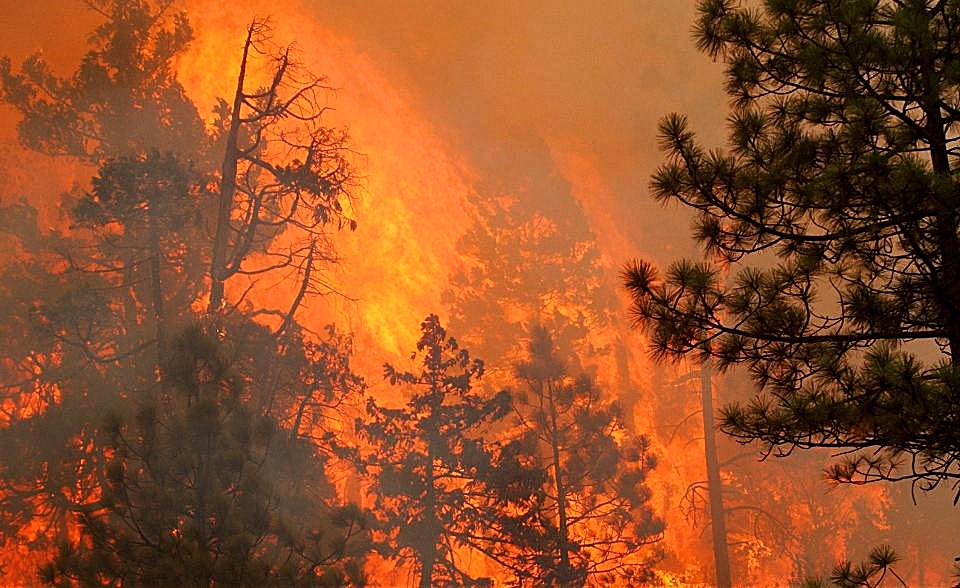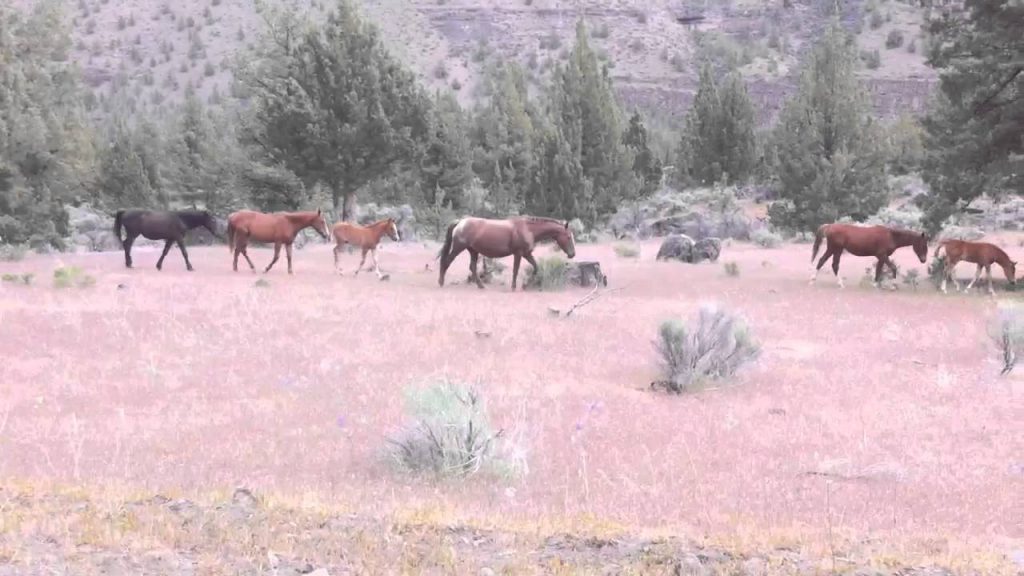“It’s just a matter of time,” says Amy Head, a Cal Fire battalion chief. “When it happens, we’re looking at dry standing fuel ready to burn, and it could be pretty catastrophic.”
Tom Stienstra
Outdoors
With 147 million dead trees, Californians brace for fire
Across Sierra National Forest, thousands of dead pine trees darken a backdrop of green under azure skies. Each afternoon, hot wind blows upslope out of the San Joaquin Valley. As summer takes hold, the manzanita, chemise and pines will dry, setting up tinderbox conditions in the forested corridor bridging Yosemite and Kings Canyon national parks.
This is the state of much of the Sierra, where aerial surveys from 2010 and 2018 counted 147 million trees that died from drought and invasive beetles. A key at-risk burn zone is between 4,000- and 6,000-foot elevations on the west flank of the central Sierra, where large swaths of pine trees lay dead. Other high-risk areas include the west flank of Yosemite and national forest just north of Lake Tahoe, according to a study and map analysis by the California Department of Forestry and Fire Protection and the U.S. Forest Service.
It’s a testament to the new era of wildfire danger: Even in a year with landmark rain and snow totals in California, and a benign start to fire season in June, the chance of another round of catastrophic wildfires this late summer and fall has fire experts cringing.
Across Sierra National Forest, thousands of dead pine trees darken a backdrop of green under azure skies. Each afternoon, hot wind blows upslope out of the San Joaquin Valley. As summer takes hold, the manzanita, chemise and pines will dry, setting up tinderbox conditions in the forested corridor bridging Yosemite and Kings Canyon national parks.
This is the state of much of the Sierra, where aerial surveys from 2010 and 2018 counted 147 million trees that died from drought and invasive beetles. A key at-risk burn zone is between 4,000- and 6,000-foot elevations on the west flank of the central Sierra, where large swaths of pine trees lay dead. Other high-risk areas include the west flank of Yosemite and national forest just north of Lake Tahoe, according to a study and map analysis by the California Department of Forestry and Fire Protection and the U.S. Forest Service.
It’s a testament to the new era of wildfire danger: Even in a year with landmark rain and snow totals in California, and a benign start to fire season in June, the chance of another round of catastrophic wildfires this late summer and fall has fire experts cringing.
“It’s just a matter of time,” says Amy Head, a Cal Fire battalion chief. “When it happens, we’re looking at dry standing fuel ready to burn, and it could be pretty catastrophic.”
Last year in California, 8,527 fires burned 1.89 million acres, the highest totals since 1932, when records became verifiable, according to the National Interagency Fire Center and Cal Fire.
In June, Cal Fire recorded about 1,200 fires that burned about 10,000 acres. This comes after a winter where many weather stations in the Sierra verified precipitation totals that ranged mostly 140% to 150% of normal, with high snowpacks and delayed road and campground openings, and with May storms that pushed back the fire season.
Free Range Report
Thank you for reading our latest report, but before you go…
Our loyalty is to the truth and to YOU, our readers!
We respect your reading experience, and have refrained from putting up a paywall and obnoxious advertisements, which means that we get by on small donations from people like you. We’re not asking for much, but any amount that you can give goes a long way to securing a better future for the people who make America great.
[paypal_donation_button]
For as little as $1 you can support Free Range Report, and it takes only a moment.




This is due to many years of the so called Enviormental communities irresponsible actions to kill not save trees and endangered creatures.